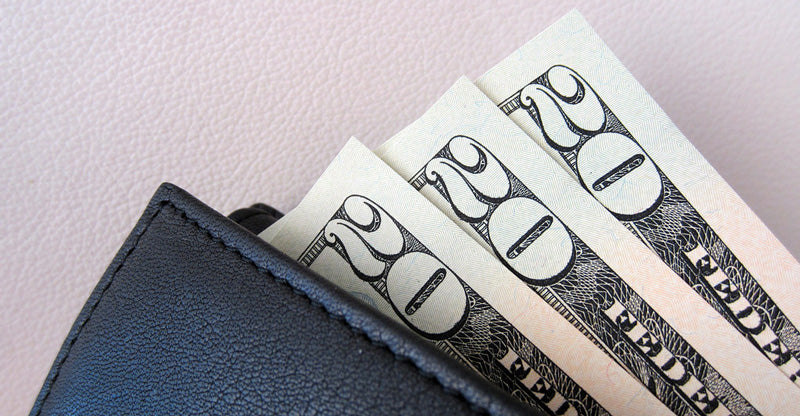Most people carry too much. Society pushes accumulation — more cards, more receipts, more junk. Your wallet becomes a brick. Heavy, insecure, unnecessary. Decluttering it isn’t just organization — it’s freedom.
At Axess Wallets, we believe in Essentialism: less, but better. A slim, minimalist wallet doesn’t just look better — it feels better, lasts longer, and reflects clarity. Here’s how to declutter your wallet in four simple steps.

Step 1: Remove the Nonessential
Empty your wallet. Every slip of paper, every receipt, every loyalty card — lay it all out. Then apply the Essentialist mindset:
“If you don’t need it, leave it at home.”
Get rid of receipts, expired coupons, and unnecessary membership cards. Keep only what you truly use.
Remove immediately:
-
Social Security card (identity theft risk)
-
Extra credit cards (carry one or two, max)
-
Gift cards (only when you plan to use them)
-
Passwords & PINs (memorize them)
-
Loose coins (they destroy shape and leather)
Bonus tip: Digitize your membership cards. Store barcodes in apps like Stocard or Keyring, or print multiple barcodes onto one card — low-tech and clutter-free.

Step 2: Identify the Essential
Once you’ve cleared the junk, define your daily carry.
For most people, that’s:
-
1 primary credit card
-
1 backup card
-
1 debit card
-
Driver’s license
-
Some cash (for emergencies only)
Everything else? Leave it. Fewer items mean faster access and a cleaner, more balanced carry.

Step 3: Digitize What You Can
We live in a digital era. That’s an advantage. Your smartphone can hold what your wallet shouldn’t.
Digital declutter tools:
-
Passwords: LastPass or 1Password
-
Receipts: Expensify
-
Business cards: CamCard (scan directly into contacts)
-
Membership & reward cards: Stocard / Keyring
Pro tip: Once a year, photocopy your essential cards. If your wallet is lost or stolen, replacing them becomes effortless.

Step 4: Get a Minimalist Wallet
You’ve cleaned house. Now upgrade the house itself.
That bulky 1950s-style bifold? It’s history. You don’t need a thick, stitched brick in your pocket anymore.
Enter the The Capri — compact, durable, built for the modern essentialist. A slim card holder or front pocket wallet reduces bulk, improves posture, and fits naturally with today’s cash-light lifestyle.
At Axess, our wallets are crafted from vegetable-tanned Italian leather, designed to age beautifully while staying impossibly slim. They embody the Essentialist principle — less, but better.
Check out our Core Line Collection — engineered for minimal carry and maximum refinement.
Final Thoughts
Decluttering your wallet isn’t just about organization — it’s about clarity. Fewer items, less bulk, no chaos. It’s the first step toward a lighter, more intentional life.
So empty it out. Simplify. And let your wallet reflect the same discipline you bring to your life.


